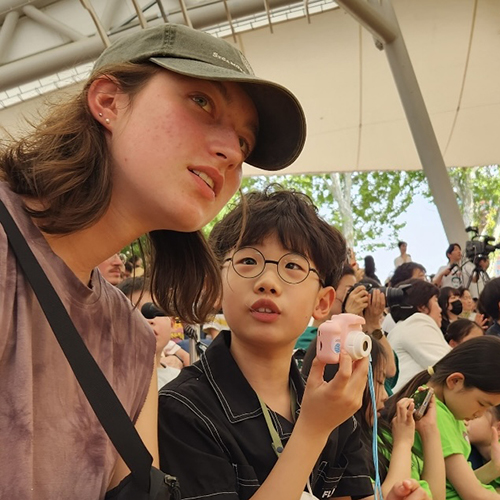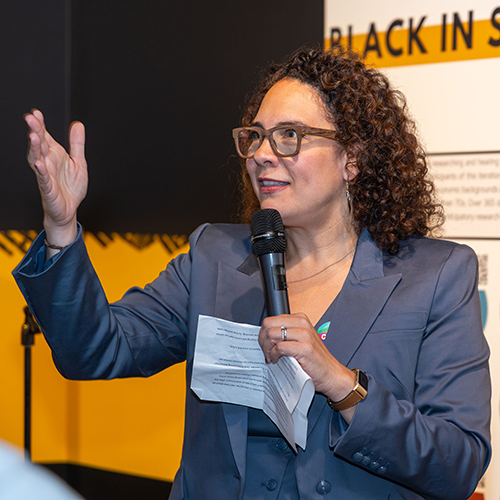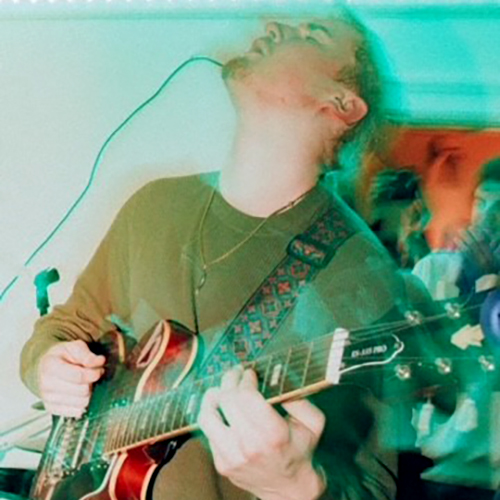It started with three UW students wanting to study Swedish.

Back in 1908, the Swedish language was not taught on campus. But with three students of Swedish heritage taking the lead, a request to have the language added to the curriculum quickly gained wide support. By autumn 1909, the Department of Scandinavian Languages and Literature was established.
This September, the department—now named Scandinavian Studies—celebrates its hundredth year. The milestone will be observed with a series of events including an alumni reunion, a gala at the Fairmont Olympic Hotel, and a community celebration with live performances, refreshments (including meatballs), and a tree-planting ceremony.
In its early years, the department used creative measures to bring students on board. Professor Edwin Vickner, who arrived in 1913, even had his assistants scour the student directory for names that sounded remotely Scandinavian, in hopes of recruiting one more student for the department.
Such extreme measures are no longer necessary. The department now has 128 undergraduate majors and minors. The faculty, once consisting of a lone professor, includes thirteen individuals with specializations in everything from language and literature to history, politics, and cinema studies. Eight Scandinavian and Baltic countries are included in the curriculum: Denmark, Estonia, Finland, Iceland, Latvia, Lithuania, Norway, and Sweden.
Those eight nations will be represented symbolically for years to come through eight oak trees to be planted at the September 26 centennial celebration. The idea for the small oak grove was inspired by a larger grove planted in 1932, near the current site of Allen Library. “At that time, 30 consuls planted trees, each representing a different country, to celebrate the bicentennial of George Washington’s birth,” says Guntis Smidchens, assistant professor of Scandinavian Studies.

Today only about half the trees in the 1932 grove remain. All of the Scandinavian trees have been lost, either to old age or to make way for the library addition. “When we learned that, we thought we should plant them again,” says Smidchens. “That idea grew.”
The department worked with UW landscape architect Bill Talley and his successor, Kristine Kenney, to site the grove and choose hardy specimens. The Nordic-Baltic Oak Grove will be located between Denny Hall and William H. Gates Hall, along the oldest path on campus. The site is unlikely to be built upon in the future.
Smidchens has unearthed photographs from 1932, in which consul representatives hoist shovels for the tree-planting ceremony. At the 2009 event, the department will reenact the previous planting, with all the Nordic and Baltic consuls participating.
Broad participation is a priority for funding the grove as well. Although several donors offered to foot the bill, the department has instead requested smaller gifts—$10 maximum donation—to involve more individuals.
“The Scandinavian way is to have the whole community contribute rather than one or two major donors,” says Smidchens, adding, “There are lots of us. There are lots of people who love this program and want to show their support.”
More Stories

Finding Family in Korea Through Language & Plants
Through her love of languages and plants — and some serendipity — UW junior Katie Ruesink connected with a Korean family while studying in Seoul.

Interrupting Privilege Starts with Listening
Personal stories are integral to Interrupting Privilege, a UW program that leans into difficult intergenerational discussions about race and privilege.

Celebrating Contemporary Indigenous Music
Markus Teuton, a musician and citizen of Cherokee Nation, explores contemporary Indigenous music through his academic work and as host of “Indigenous Jazz,” a radio show.